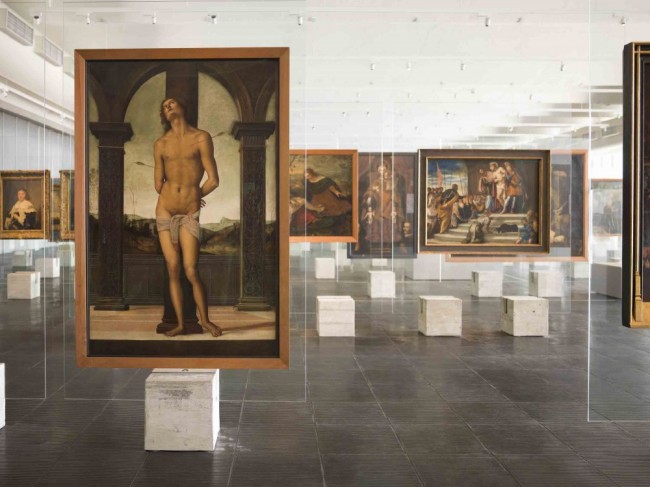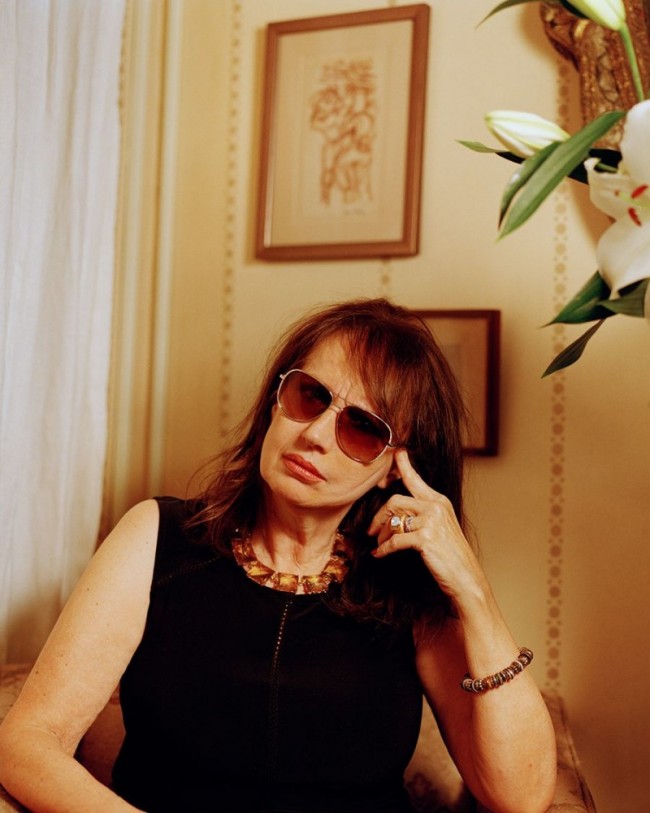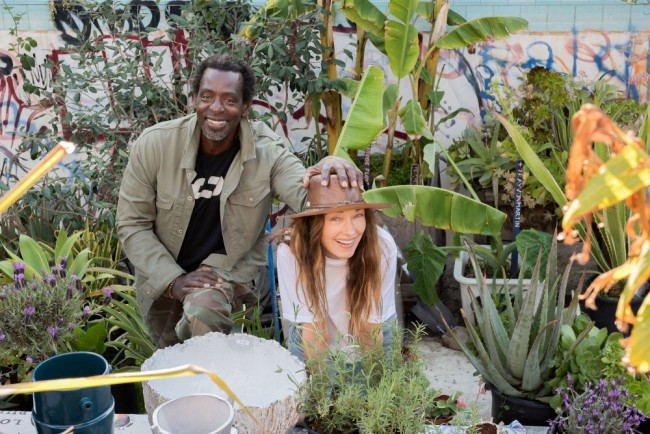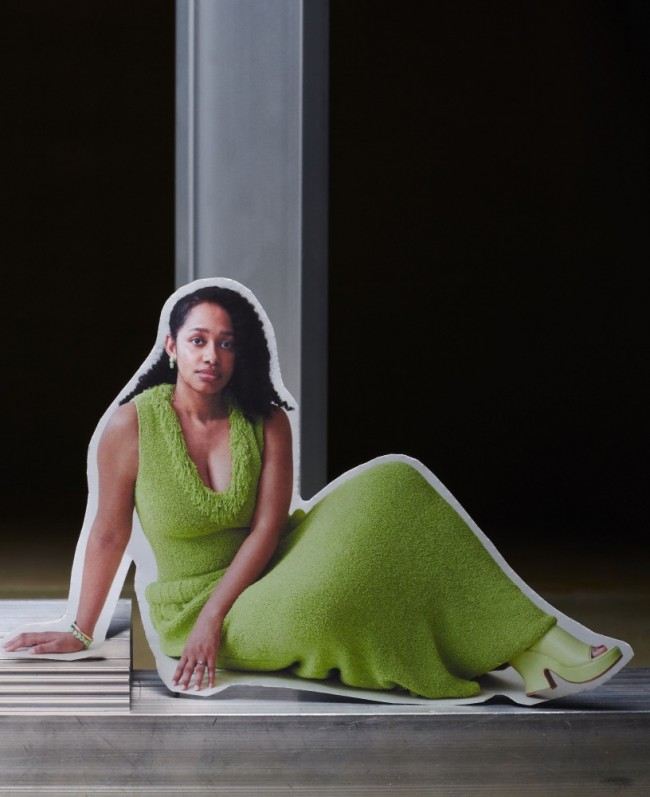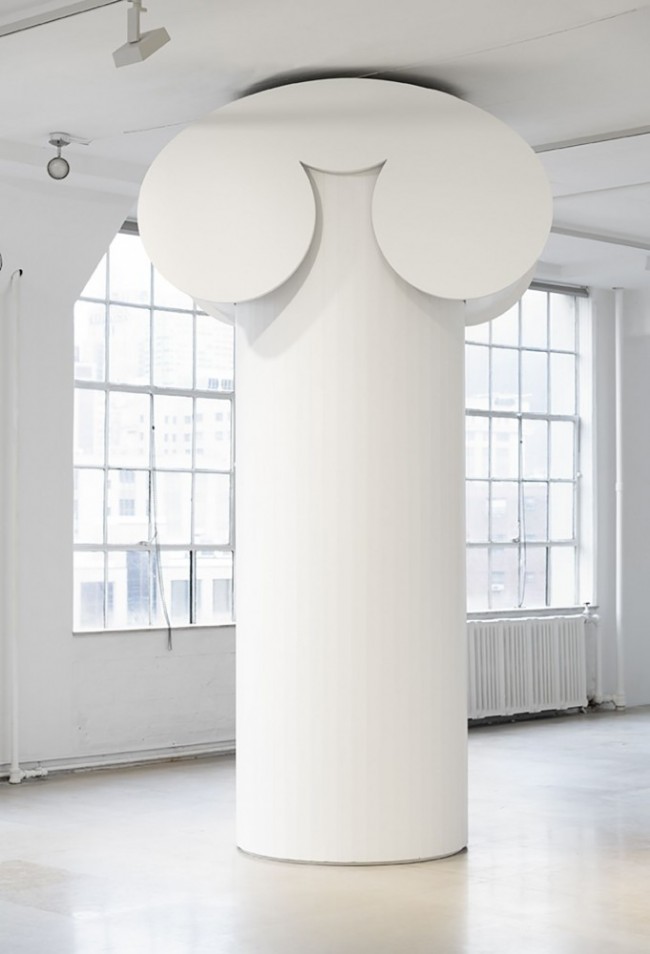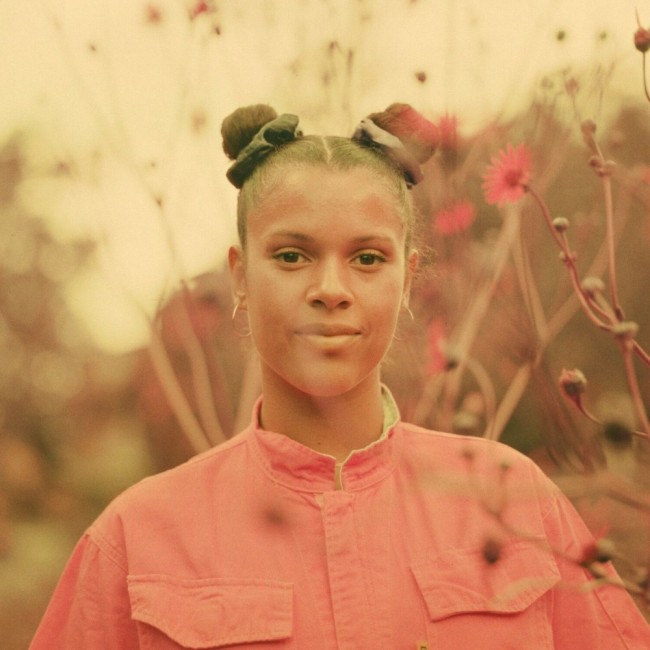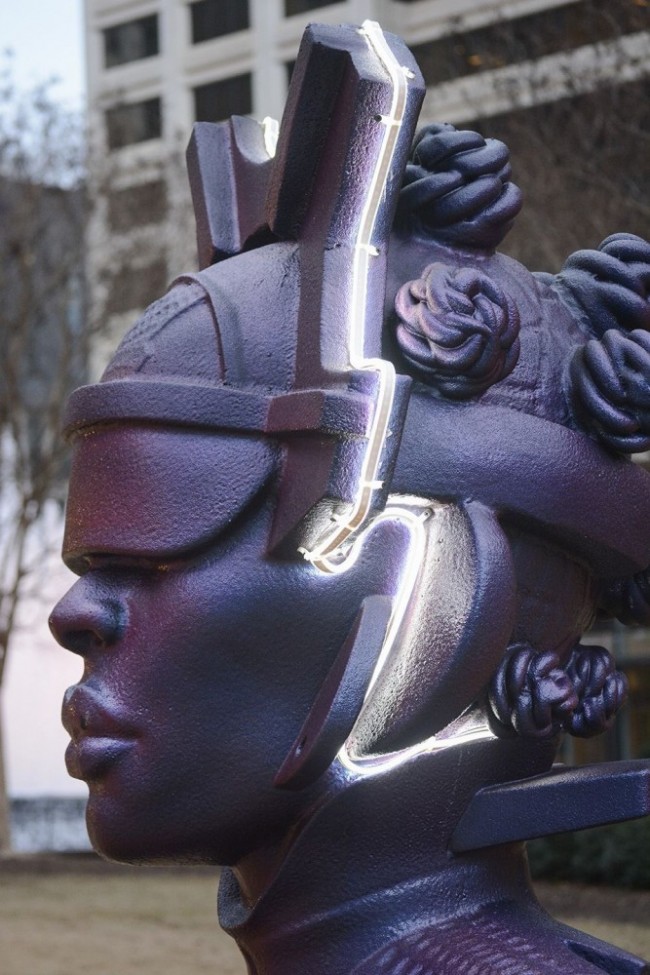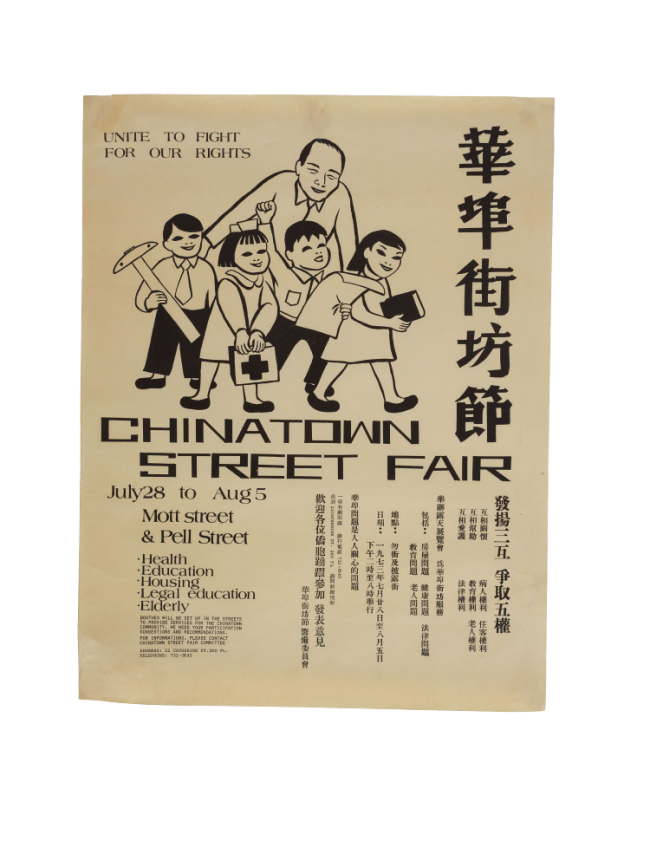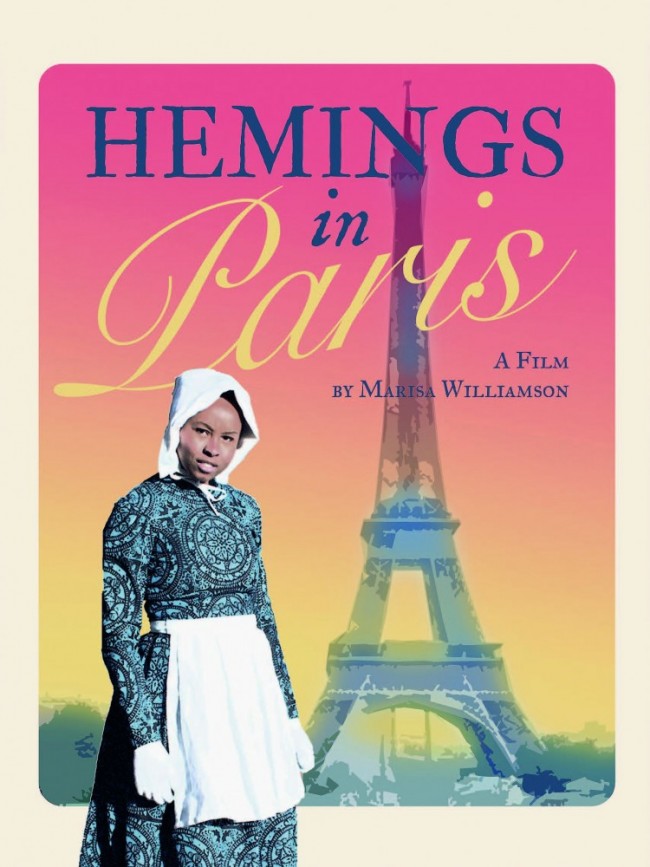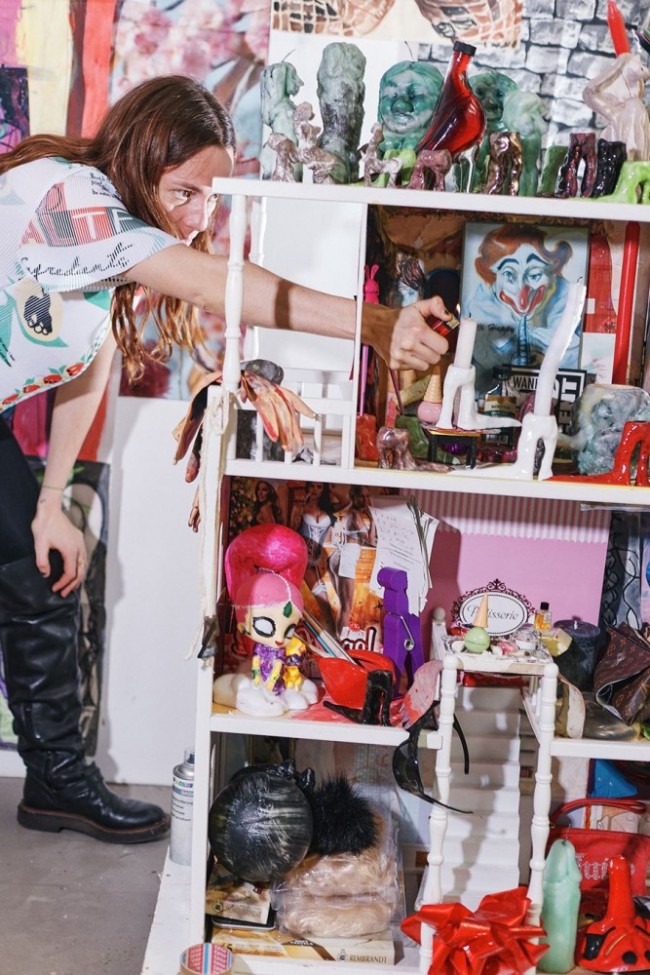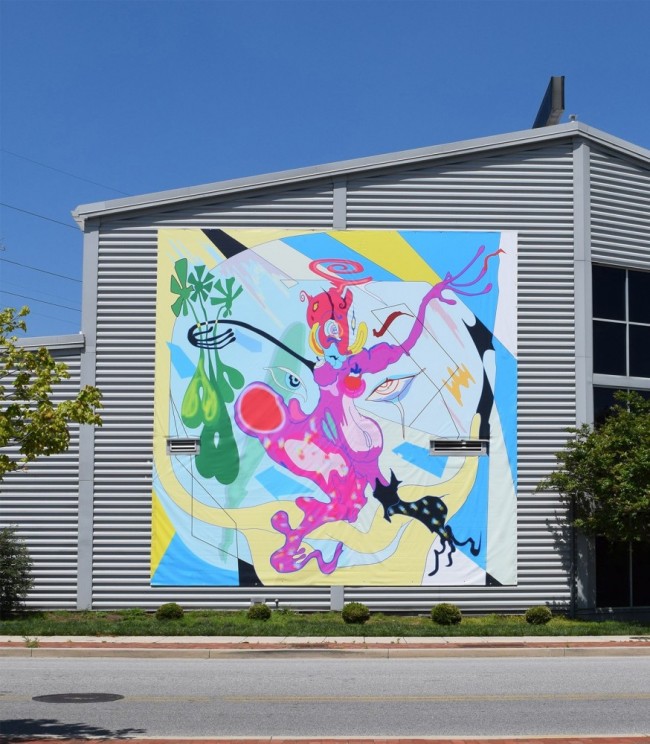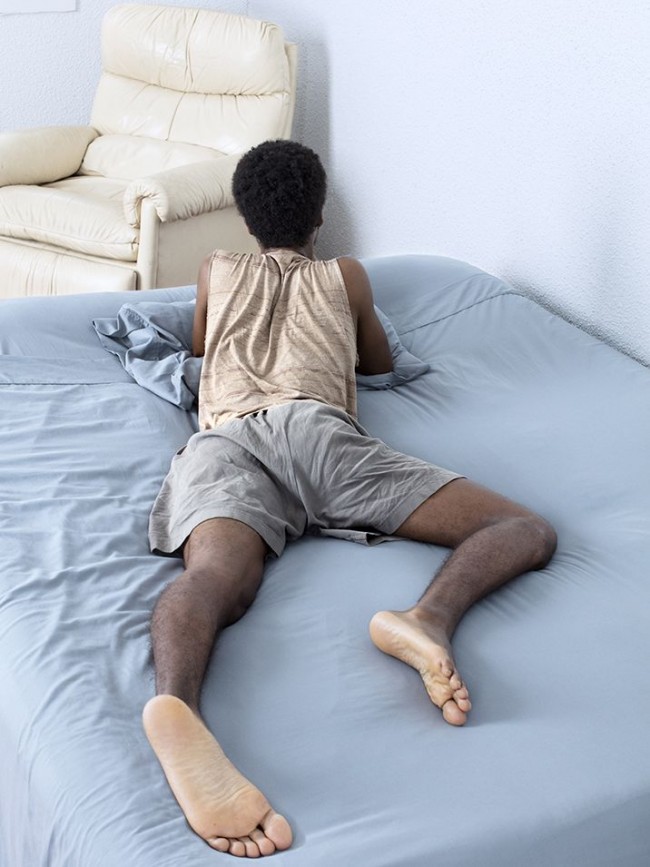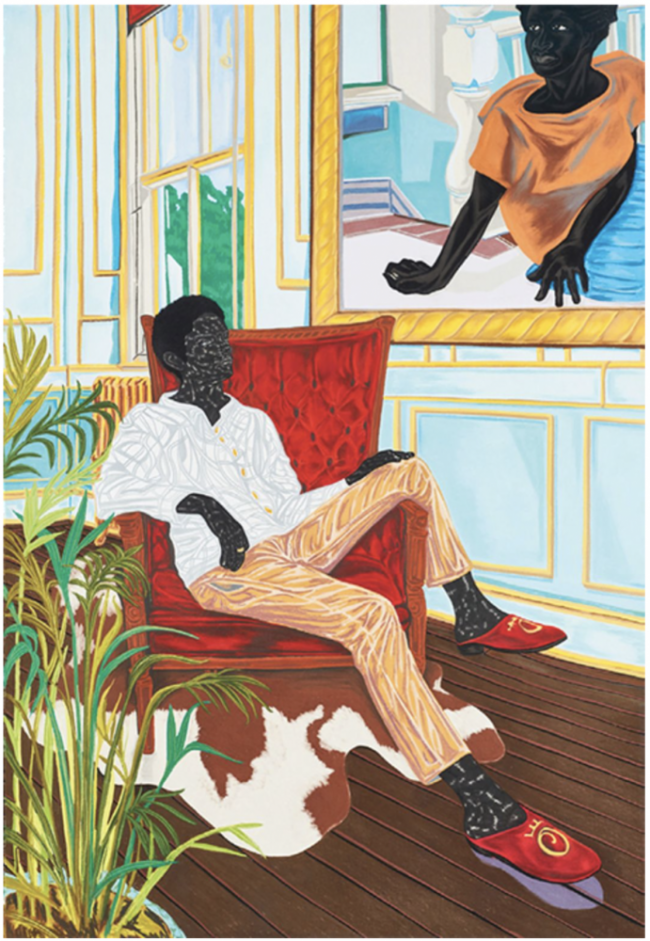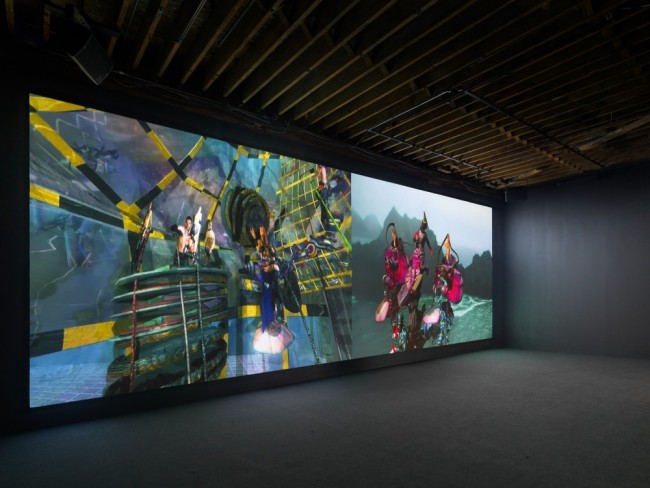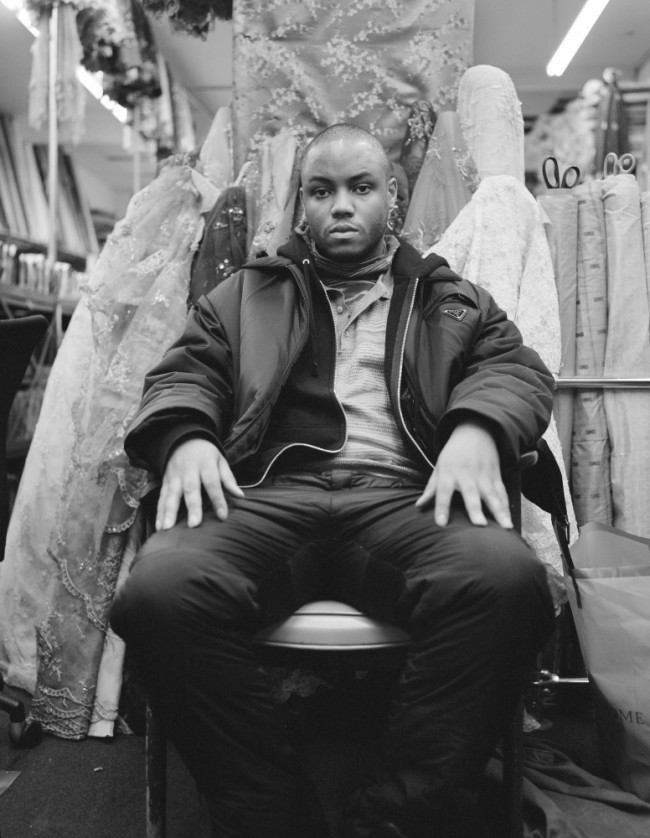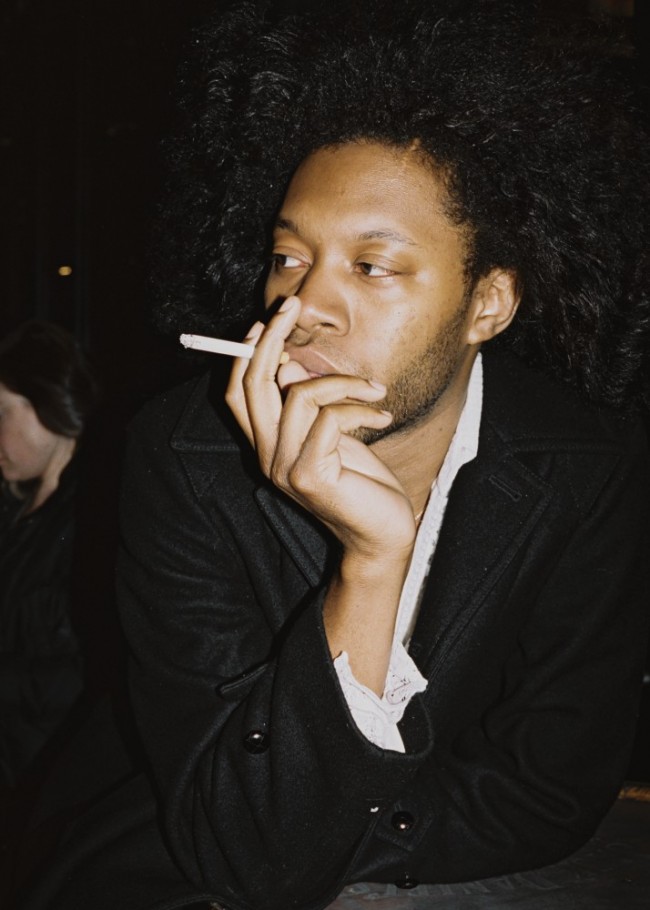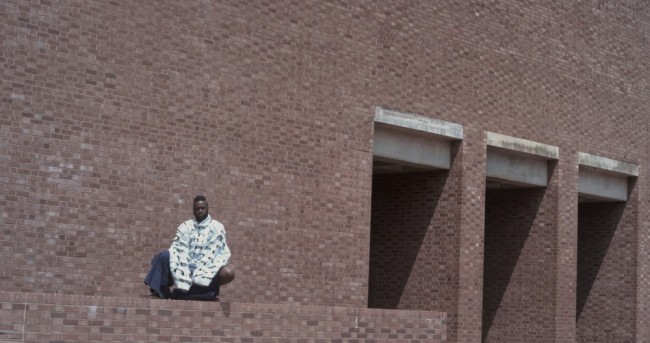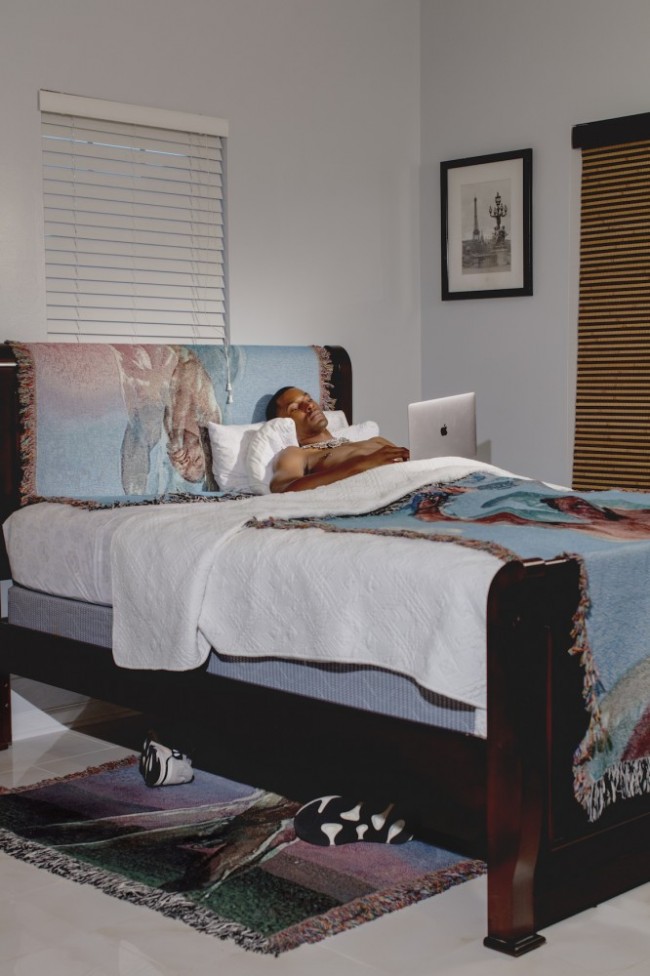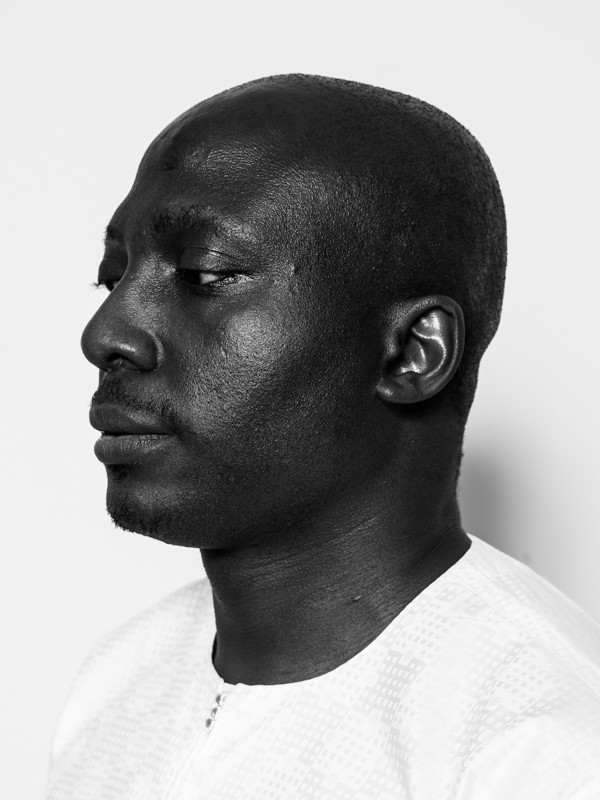SYMPHONY MAJOR: Sean Desiree’s Interactive Sculpture Counters Classical Music’s Exclusion
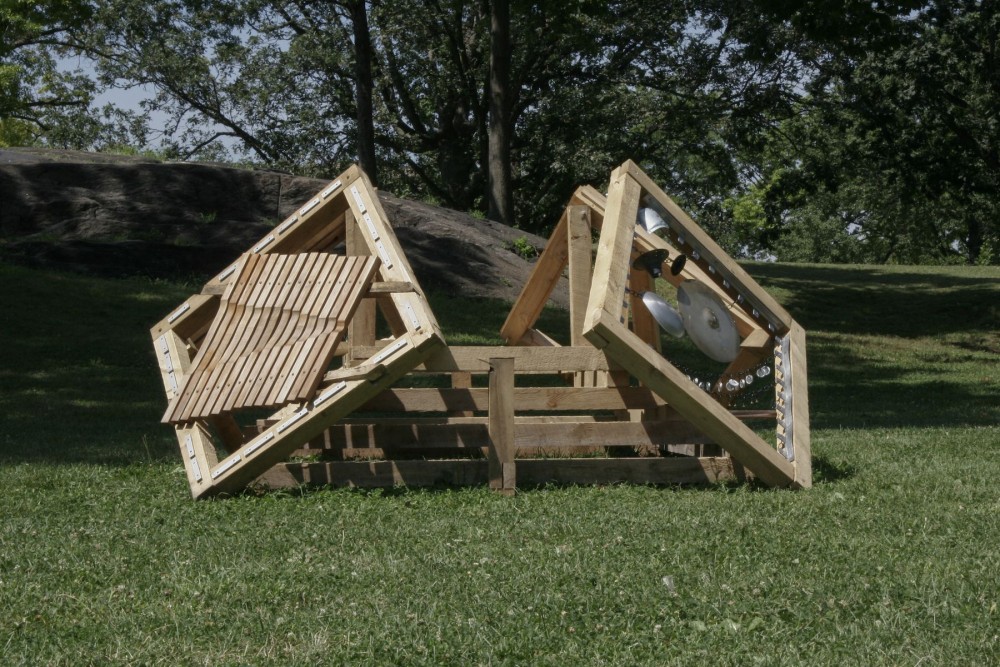
Sean Desiree, Beam Ensemble (2021): sculpture, installation view, Crotona Park, Bronx. Photo courtesy of More Art.
The unsung history of Black musicians and composers in classical music, particularly the orchestra, is the subject of Sean Desiree’s Beam Ensemble — a large-scale, interactive installation on display at Crotona Park in the Bronx. “There are so many barriers to classical music,” says Desiree, whose public artwork draws from their experiences as a multi-instrumentalist. “It’s not that Black people have less to give to the genre than others. In essence, by defining music as ‘classical,’ it’s almost as if you’ve taken away the ability for it to transform into something accessible.”
Contending with this lack of access, the artist conceived of a spatial intervention that invites anyone entering the park to engage in a communal symphony. The interactive sculpture consists of a simple timber-frame construction, utilitarian scaffolding Desiree designed to support four built-in instrumental sections. The piece draws on the conventions of the traditional Western orchestra pit, which is also organized into distinct sections for different instrument groups, but Desiree’s piece instead features instruments from the African diaspora, including a kora, an amadinda, and a tongue drum. Commissioned by More Art, a New York-based nonprofit fostering relationships between artists and the greater community through local art, the installation functions as a point of access for the surrounding, predominately Black and brown community.
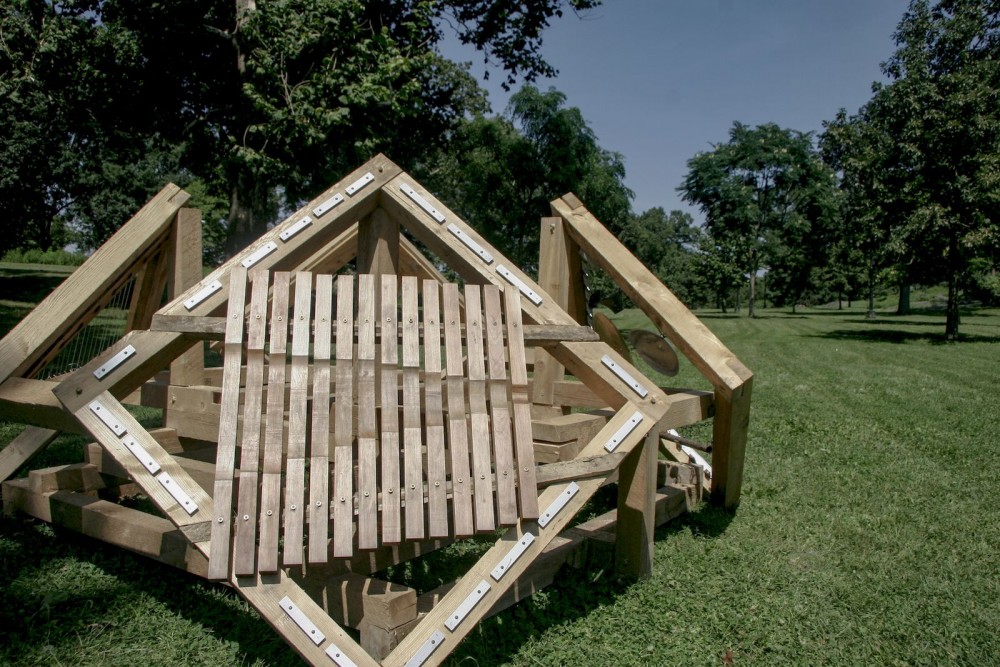
Sean Desiree, Beam Ensemble (2021): sculpture, installation view, Crotona Park, Bronx. Photo courtesy of More Art.
It’s not uncommon to see children immersed in play on and around the installation. “I was thinking about when I was a kid growing up in the Bronx, and how something like this would’ve been really great to have as far as just a place to go and exist,” says Desiree. Installed on the lawn of Crotona Park parallel to the tennis courts and the main entrance, it offers an opportunity for people of all ages and backgrounds to learn, play, and experiment, an unexpected lesson in African instrumentation for curious minds. It also functions as an architectural homage to Black composers whose legacies are too often underrecognized, like Nathaniel Dett (1882–1943), William Grant Still (1875–1978), and Florence Price (1887–1953), whose contributions are spotlighted in a text accompanying Desiree’s piece. Beam Ensemble’s presence in New York, near the home of the Bronx Chamber Orchestra and the Bronx Opera, serves as a clue to all that’s left to be uncovered about the influence of Black musicians in classical music worldwide as well as a point of connection between the past and the future of a rich musical tradition.

The artist Sean Desiree posing with the sculpture Beam Ensemble at Crotona Parki in the Bronx. Photo courtesy of More Art.
Text by Tash Nikol.
Photos courtesy of More Art.


